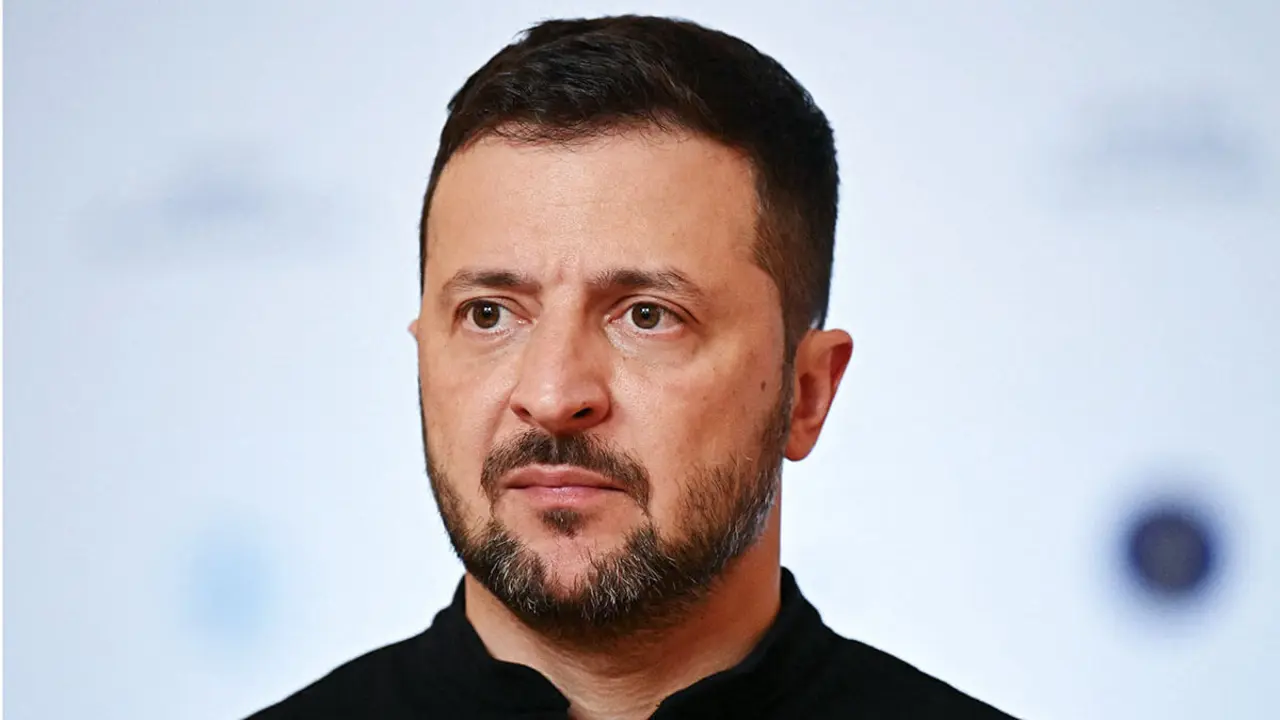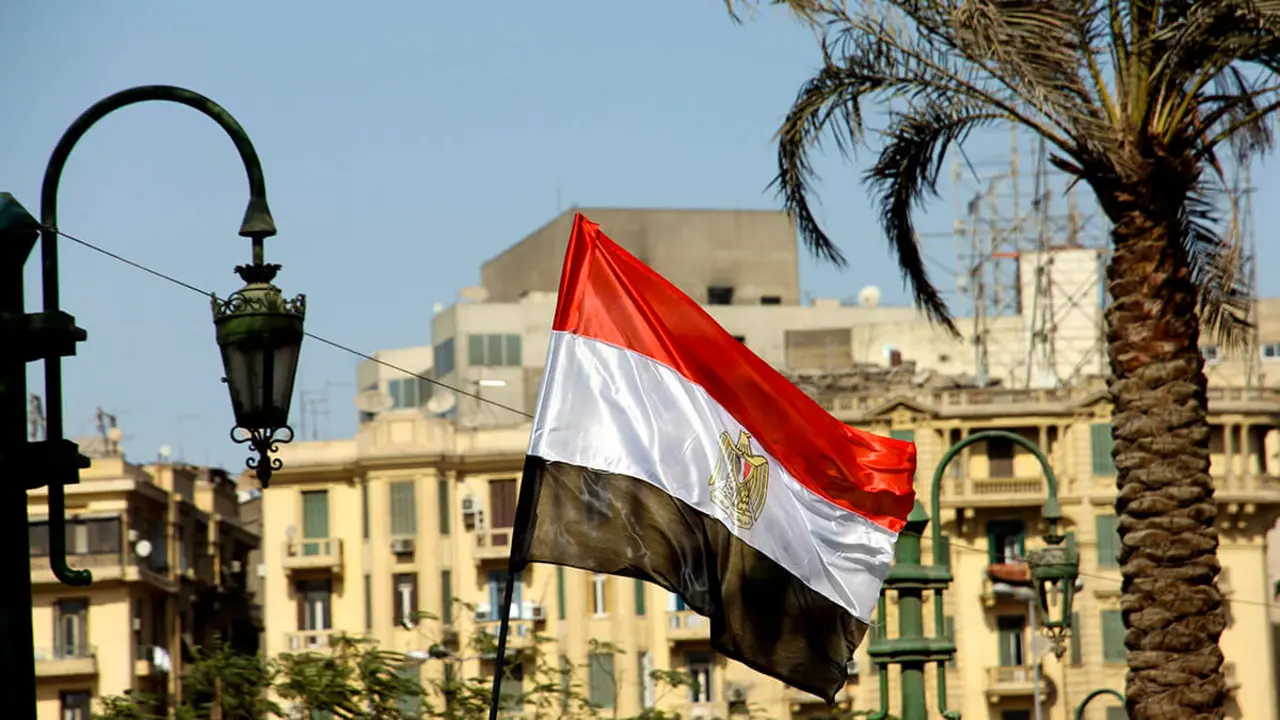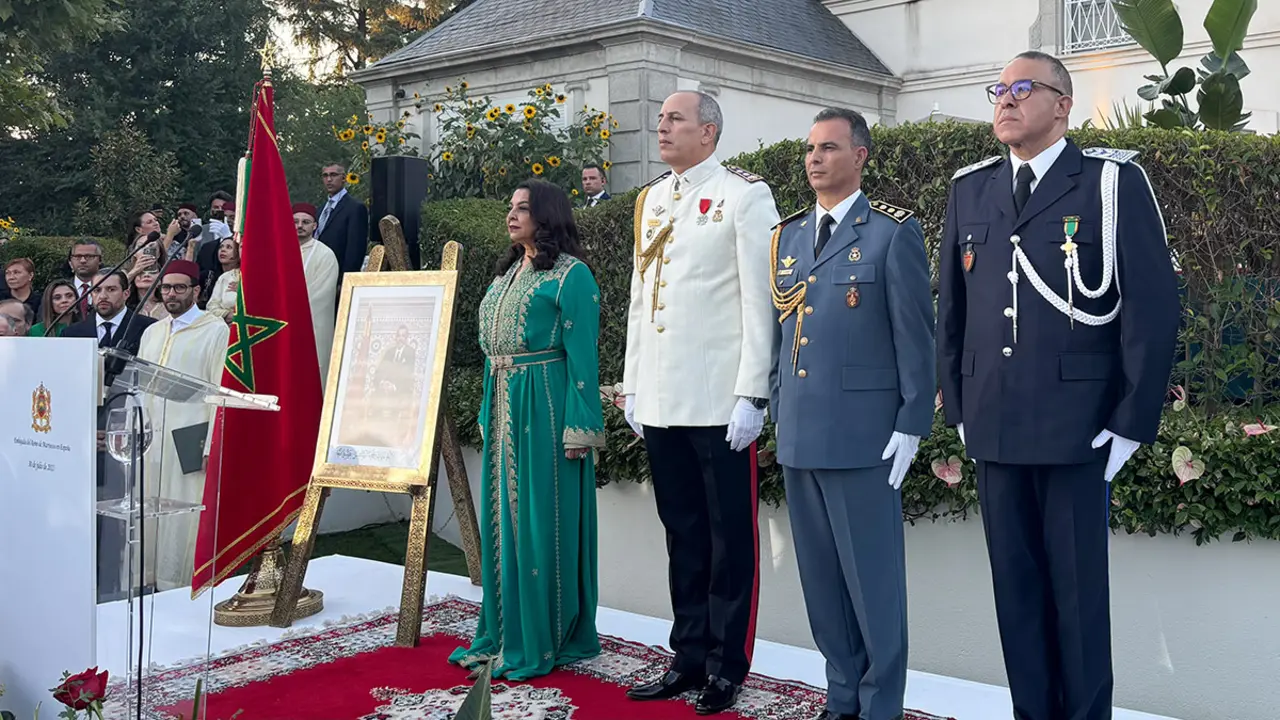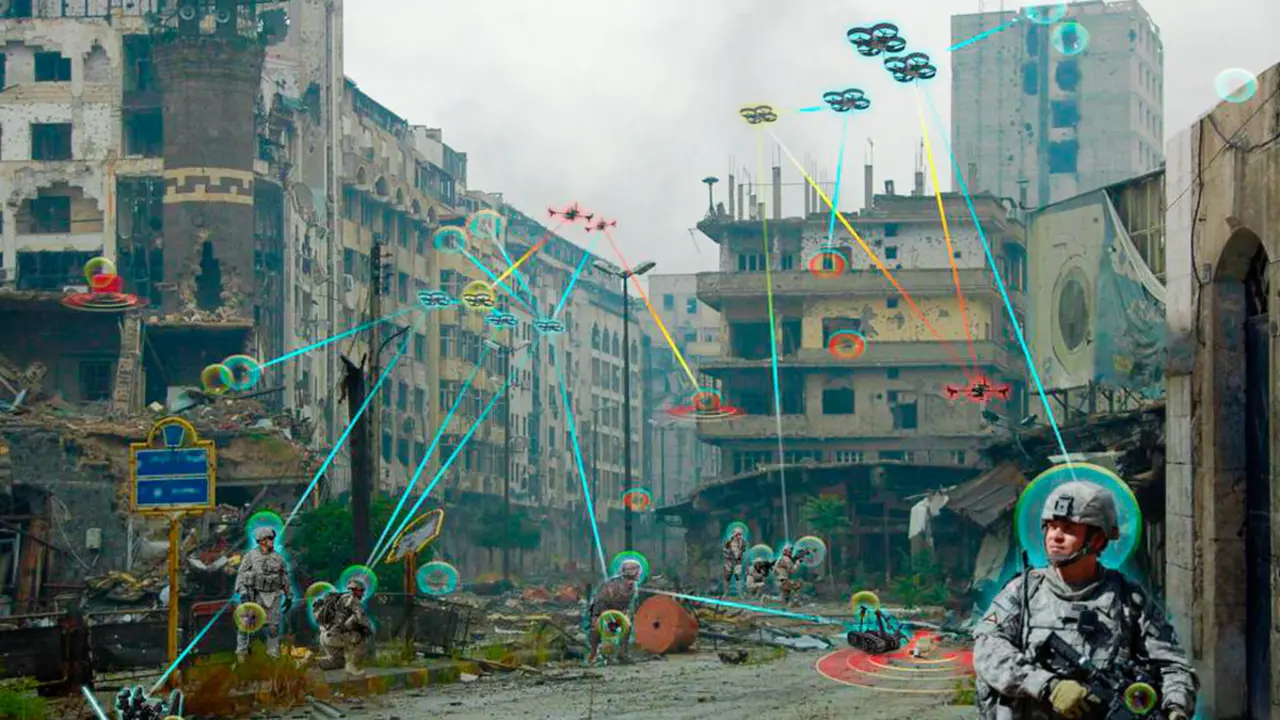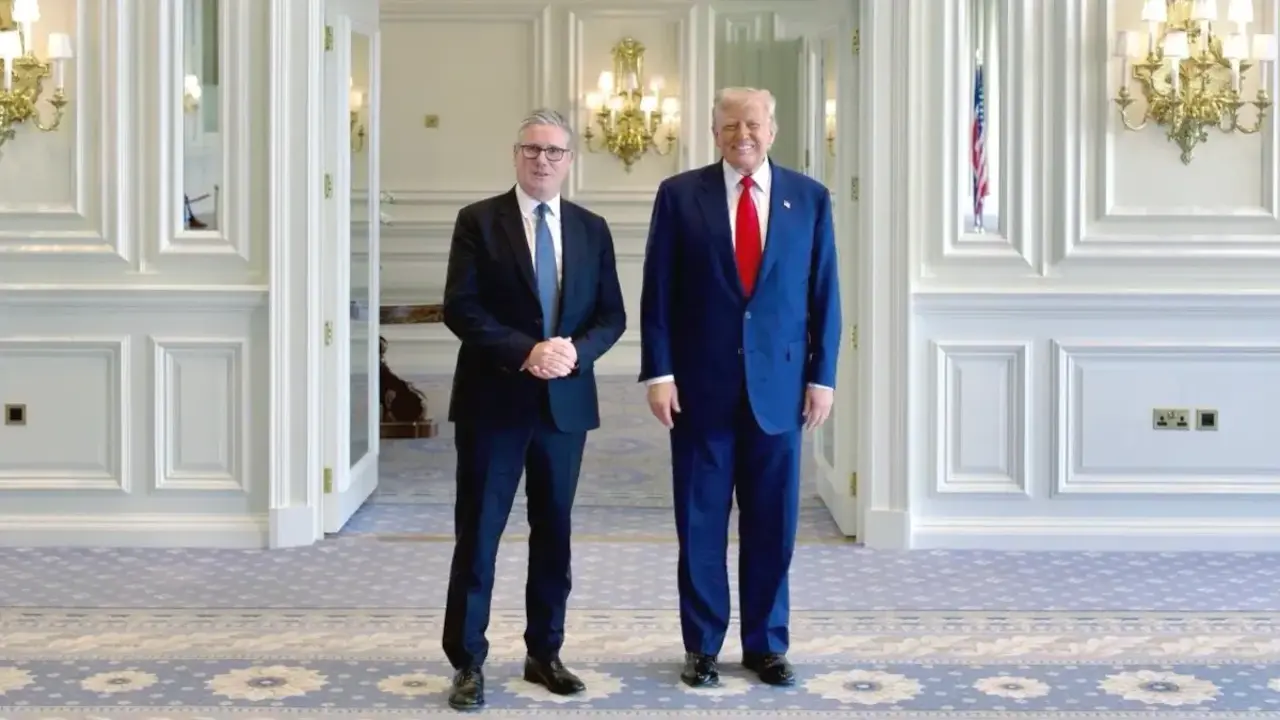Hypersonic ballistic missile: Iran announces new weapon with global reach
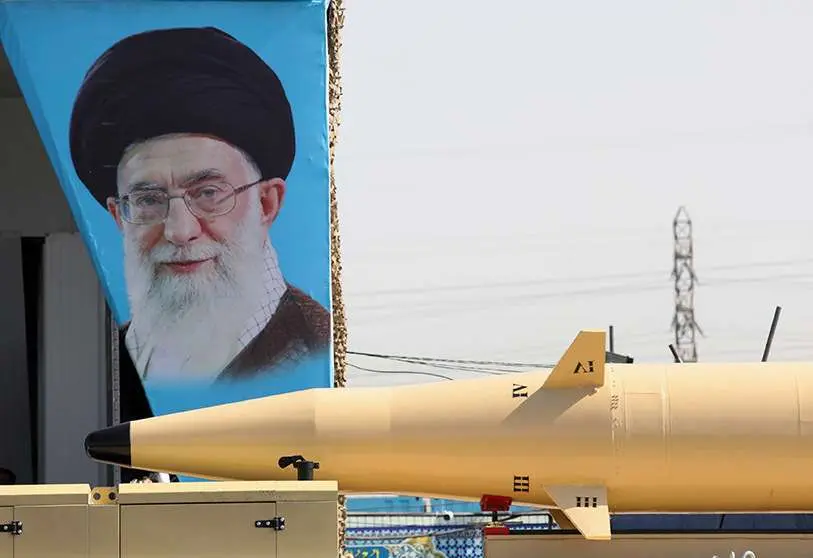
The Tasnim news agency reported that Iran has built a hypersonic ballistic missile that, according to Revolutionary Guard aviation chief Amir Ali Hajizadeh, has the ability to reach high speeds (up to 6,000km/h), is capable of manoeuvring in and out of the atmosphere and capable of attacking advanced enemy anti-missile systems of a large size, marking a major generational leap in the missile field.
So far, however, there have been no reports of Iranian missile tests, and although the Islamic Republic has developed a huge domestic arms industry in the face of international sanctions and embargoes, according to political and military analyst Daniel Bashandeh, Iran has "at times" exaggerated its weapons capabilities. However, concerns about Iran's ballistic missiles led the United States, under then-President Donald Trump, to withdraw from the 2015 nuclear deal that Tehran signed with world powers in 2018.
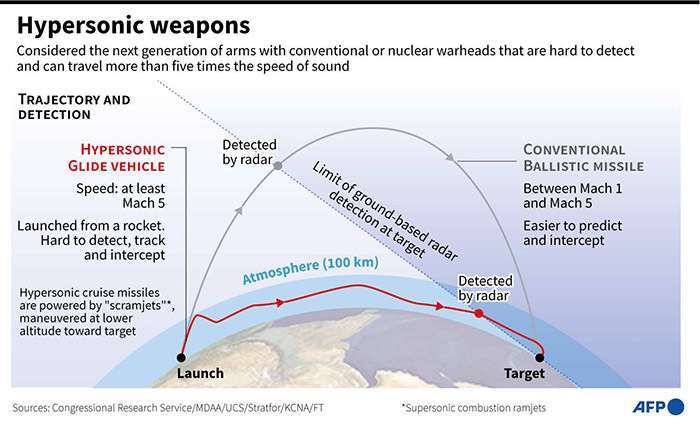
Hajizadeh himself stressed that the materials used in the development of this missile give it a higher explosive capability and highlighted that it "extremely increases the power of some missile units of the Revolutionary Guards Aerospace Force".
The announcement of the new missile comes a day after contacts resumed in the Austrian capital Vienna to try to revive the 2015 nuclear deal, with Tehran demanding the lifting of US sanctions. After the US unilaterally withdrew from the deal in 2018, Iran claimed it was withdrawing its commitments on several points of the agreement. Iranian officials have argued that those steps could be reversed if the US lifts sanctions and returns to the deal.
Several countries want to develop them. Russia, North Korea and the United States reported in 2021 that they had officially conducted tests, sparking new tensions between the superpowers and a new arms race. Russia currently leads the missile development race, followed by China and the United States with various types of such missiles. In August it announced that it had deployed aircraft equipped with these hypersonic weapons in Kaliningrad, a Russian enclave surrounded by NATO countries in northeastern Europe.
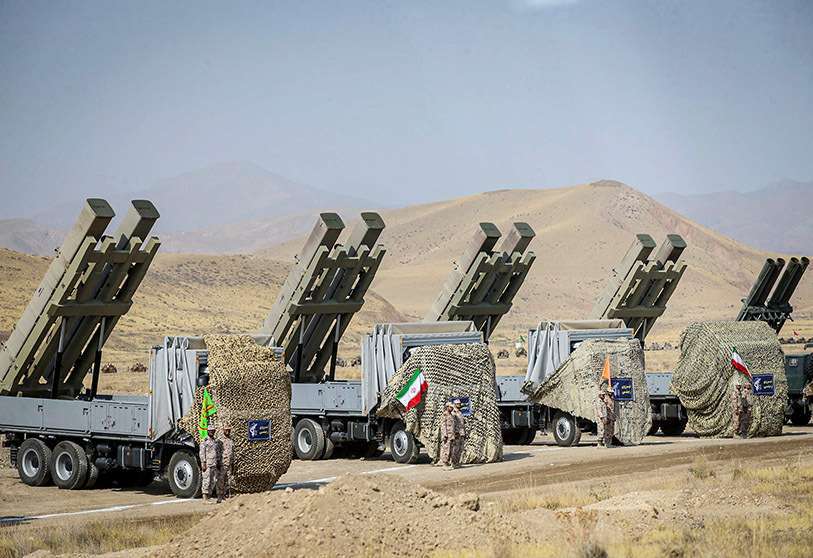
Last week, Iran said it tested the Ghaem 100, its first three-stage space launch vehicle, which would be capable of placing 80 kg satellites into an orbit 500 km above the earth's surface, according to state media. This follows Iran's announcement on 5 November of the successful test flight of a rocket capable of propelling satellites into space.
In response, the US expressed concern that these launches could boost Iran's ballistic missile technology, extending to the possible delivery of nuclear warheads. In March, the US government imposed sanctions on Iran's missile activities. In a statement, it said the corrective measures followed "Iran's recent missile attack on Arbil, Iraq, as well as missile attacks by Iranian officials on Saudi Arabia and the United Arab Emirates". "These attacks remind us that Iran's development and proliferation of ballistic missiles pose a serious threat to regional and international security," it added.
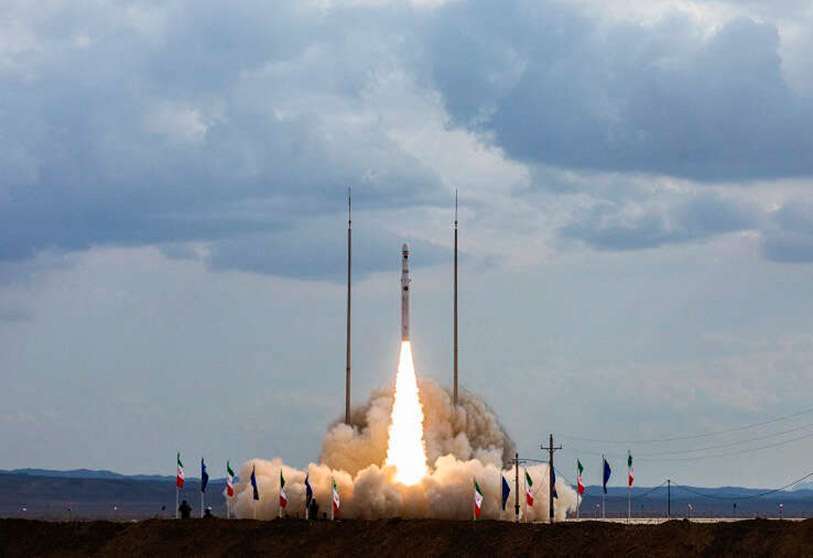
After weeks of denial, Iran finally acknowledged that all this hype by some Western countries about Iran sending missiles and drones to Russia turned out not to be true in its entirety. The Iranian government denies and accuses it of falsely claiming to have transferred any missiles to Moscow, Foreign Minister Husein Amirabdollahian told the Iranian state news agency IRNA on Saturday.
In fact, these aircraft only began to be used in Ukraine last month, and since then Russia has been deploying them on a large scale in attacks, mostly against Ukrainian civilian infrastructure and power plants, raising doubts that Tehran and Moscow could collaborate again in the future.



